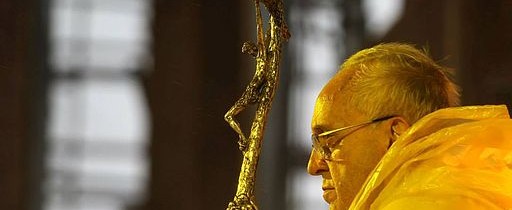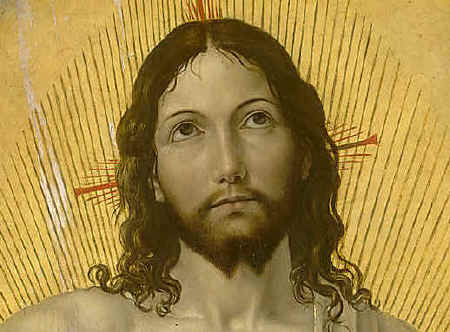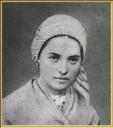Touched by a Healing Hand
 How many times have we heard, “Don’t touch that, it’s dirty!” “Don’t eat that. It fell on the floor!” “Ten second rule…” In our society, we distinguish between things that are physically dirty and therefore unsafe to touch or eat and those that are physically clean and safe. We don’t tend to think about things as dirty or unsafe by the very nature of their being, though some foods such as grubs are shunned in our typical American diets. But this has not always been the reality of how peoples classify the things with which they come in contact.
How many times have we heard, “Don’t touch that, it’s dirty!” “Don’t eat that. It fell on the floor!” “Ten second rule…” In our society, we distinguish between things that are physically dirty and therefore unsafe to touch or eat and those that are physically clean and safe. We don’t tend to think about things as dirty or unsafe by the very nature of their being, though some foods such as grubs are shunned in our typical American diets. But this has not always been the reality of how peoples classify the things with which they come in contact.
The discovery of microbes such as bacteria and viruses changed our understanding of what causes illness or the infections that can follow injuries. Before their discovery and our growth in understanding of how microbes work, when people got sick or had an infected wound, it was not unusual for the blame to be assigned to an angry deity or a sorcerer/witch or the sin of the person or the parent of the person who was born with a handicap. Bad things didn’t happen to good people. People broke the rules of the gods and bad things happened.
Anthropologist, Mary Douglas, in Purity and Danger, wrote a study of the ways in which peoples classify things as safe (pure or clean) or dangerous (unclean). She noted, for example, in the Book of Leviticus (Lv 13:1-2, 44-46) that skin conditions that caused visible differences in the health or appearance of the skin were considered to be leprosy. Since some of these conditions are contagious, those who contracted them were banished from the community. They were classed as “unclean.” Interestingly, however, once the entire body was covered by the sores, the person could again be seen as whole and readmitted to the community. She suggested that the critical issue was whether the condition was whole or affected only a part of the body. Mixing healthy and non-healthy skin on one body was unclean.
The rules set up in the time of Moses were still in force during Jesus’ life. People with skin lesions were required to stay away from others and warn others not to approach them. When a man with leprosy approached Jesus, begging, “If you wish, you can make me clean,” Jesus broke the social and religious rules. He reached out and touched the man, saying, “I will do it. Be made clean.”
The man was healed immediately, we are told. Jesus then sent him to the priest to be examined for any sign of disease. He told the man who was healed to offer the necessary sacrifice of thanksgiving and return to his regular life. Despite Jesus’ order not to tell anyone how he had been healed, the man told everyone he met about it. He was so happy; he couldn’t contain or hide it! Needless to say, people in ever greater numbers hurried to Jesus, asking for healing. (Mk 1:40-45)
We too are called to be channels of healing. Perhaps not the same kinds of physical healing that people received from Jesus’ words or touch. But through our lives and the way we interact with those we meet, healing can and does occur. We don’t always know it has happened. That’s all to the good. Keeps us from getting all puffed up about our good works. But as we reach out in care and respect for others and meet them in their daily joys and struggles, we imitate Christ and bring the Good News to our world. (1 Cor 10:31-11:1)
So, who are the kinds of people we are afraid to touch, whether actually or figuratively? Who do we exclude or require to hide from polite society? Do we welcome children and older people on the autistic spectrum into our gatherings and lives? Do we care for, welcome, and respect children and adults who are not binary in their sexuality, members of the LGBTQ+ community? Do we help new neighbors from other countries to get the services they need and help them get started rebuilding their lives in our communities or do we exclude them? Do we comfort and help those whose loved ones have rejected them? Do we support those whose marriages and families have fallen apart or do we exclude them and their children from our church communities? How do we deal with people who have mental health conditions that affect their daily lives?
There are so many times and places where we meet God’s dearly loved children (ages newborn to the very old). Let’s pray that we have the courage and wisdom to see each as a sister or brother, dearly loved by God our Father and our brother Jesus. In God’s sight, all are worthy of being touched by the healing hand of love. Will our hands be the ones that begin that loving healing?
Readings for the Sixth Sunday in Ordinary Time – Cycle B
Read More













 St. Bernadette – the young girl
St. Bernadette – the young girl














